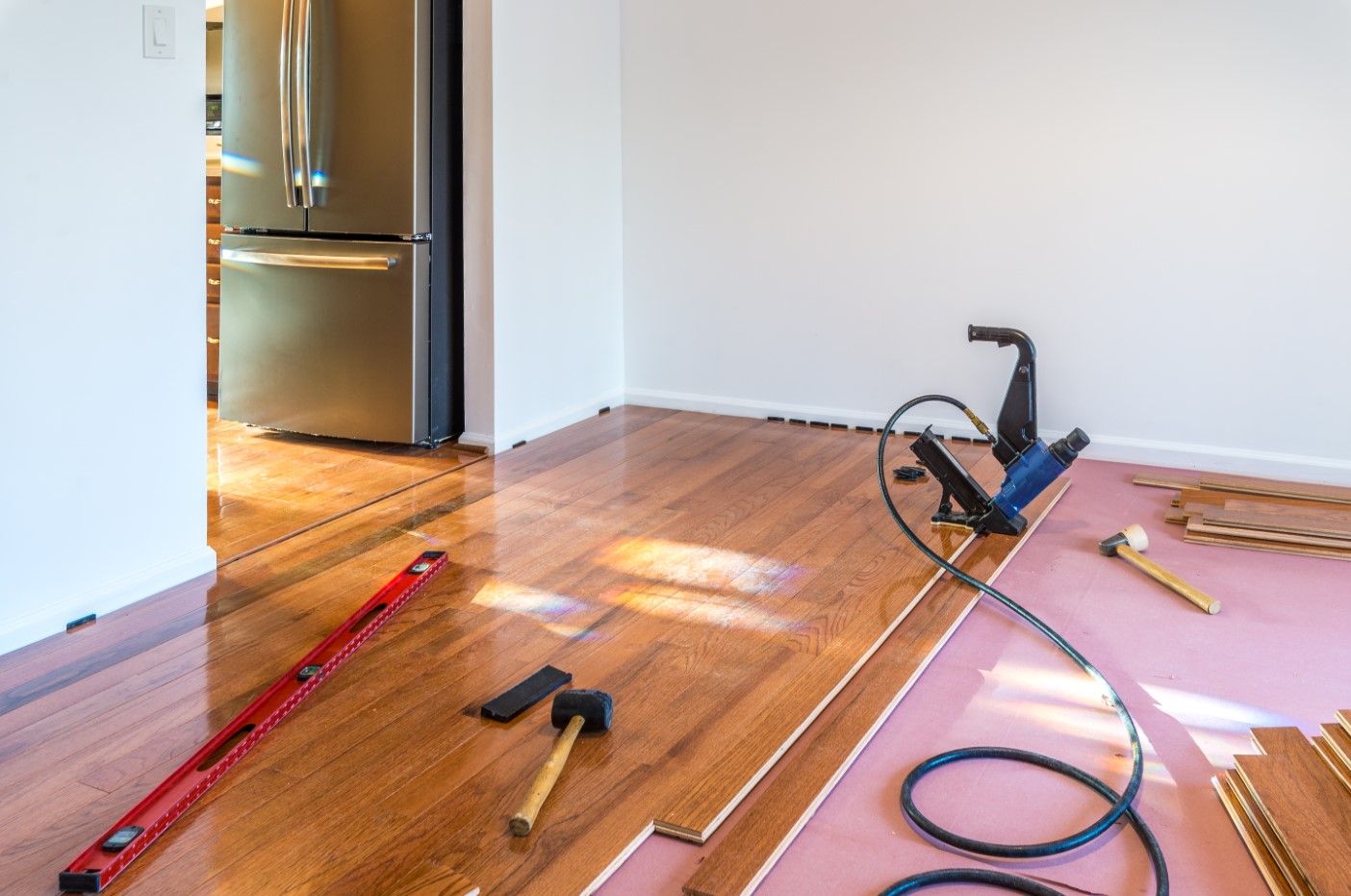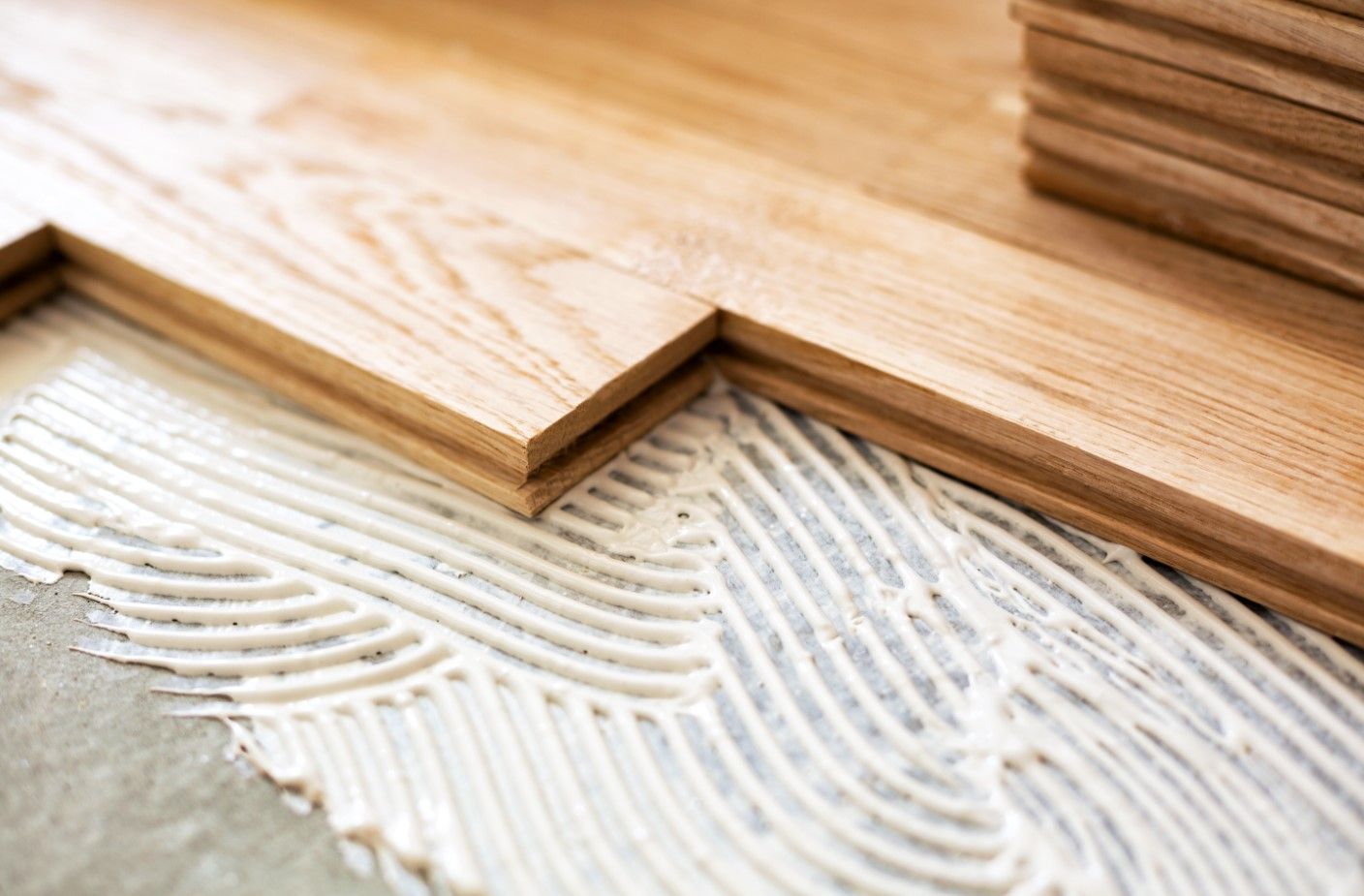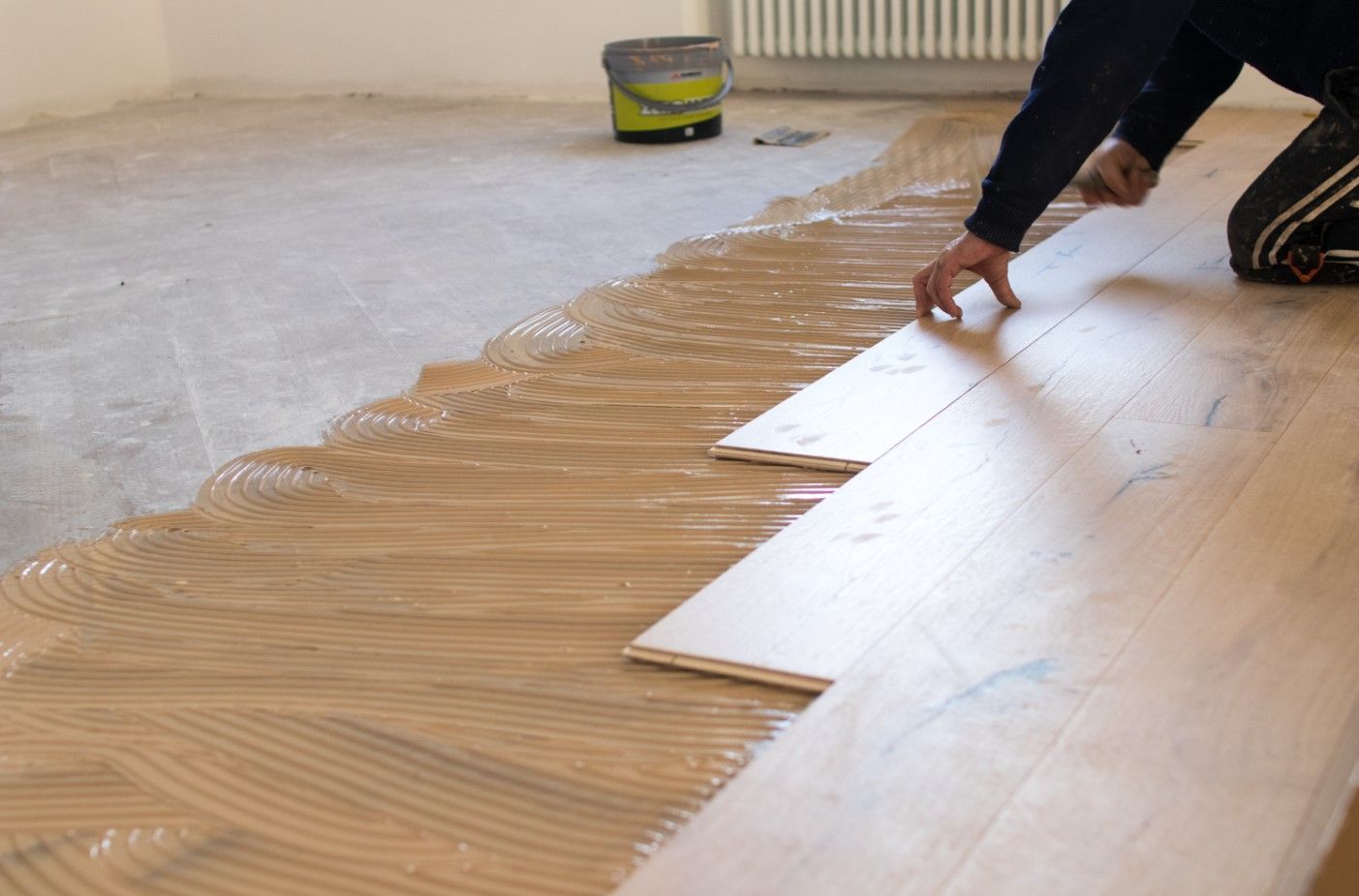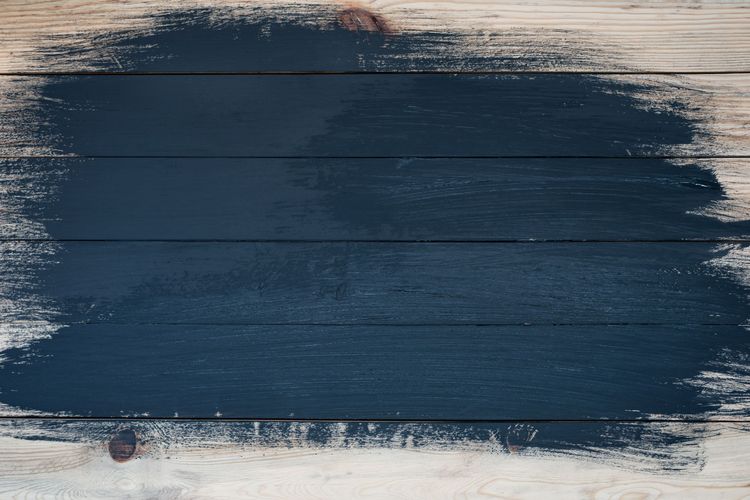Why are wooden floors better than laminate

The choice of flooring is a key stage in the process of creating a cozy and functional interior. Many people wonder whether natural wood flooring or laminate is preferable. While laminate is appealing due to its price and ease of installation, wood flooring offers benefits that often outweigh these factors. In this article, we'll explore the reasons to favor natural wood, and how this choice can affect the comfort and aesthetic appeal of your home.
What types of wood flooring are available on the market
There are several popular types of wood flooring available on the market, each with its own features and benefits. Here are the main options:
- Solid plank - made from a solid piece of wood, which makes the floors durable and able to withstand repeated sanding and restoration. Solid wood flooring is suitable for creating a classic, natural interior.
- Parquet flooring is a multi-layered construction where the top layer is made of natural wood and the bottom layers are made up of cheaper materials such as plywood or fiberboard. Parquet planks offer stability and are suitable for installation on warm floors.
- Engineered plank - includes several layers, making it resistant to changes in humidity and temperature. This type of flooring can be installed in areas with variable climates.
- Victorian floorboards - A floor with a rich history, made of sturdy wood and characterized by the distinctive aesthetics of the era. These floors give a room a vintage, classic look, perfectly emphasizing the style and traditions of the past.

Each of these types of wood flooring has unique properties that will suit different interiors and environments, adding naturalness and charm to any space.
Why wood flooring is better than laminate
Natural wood flooring has a number of advantages that make it more attractive than laminate:
- Longevity and durability Wood floors can last for decades with proper care, while laminate flooring has a limited lifespan and can lose its appearance over time. Wood can be restored and sanded, which extends its life and keeps it looking fresh even after many years.
- Eco-friendly and natural Unlike laminate flooring, which often contains synthetic materials, natural wood is an environmentally friendly product. It does not emit harmful substances and gives the interior a natural warmth and coziness, creating a healthier atmosphere in the house.
- Heat and sound insulation Wooden floors have the best heat and sound insulation properties, which is especially important for living spaces. Laminate flooring cannot provide the same level of comfort because it is colder to the touch and absorbs sound less well.
- Appearance and uniqueness Natural wood has a unique pattern and texture, which gives each floor its own personality. Laminate, on the other hand, often repeats the same pattern, which can look less natural and authentic.
- Increased property value Wood floors can increase the market value of a home, as they are considered a sign of high quality and durability. Laminate flooring, though affordable, does not have the same impact on a property's valuation.
Thus, wood flooring offers long-term benefits, both in terms of comfort and ecology, as well as aesthetics and home value, making it the preferred choice over laminate.
How to choose the type of wood flooring for your home
Choosing a wooden floor for the house requires taking into account several important factors to ensure durability, comfort and harmonious combination with the interior. First of all, decide on the general stylistics of the room: for classic interiors it is better to fit massive planks or Victorian-style floors, which will emphasize the vintage character of the room and create an atmosphere of coziness. If you are planning a modern design with an emphasis on minimalism, pay attention to engineered planks. It retains the natural look of wood, but has a more stable construction, resistant to fluctuations in humidity and temperature.

It is equally important to take into account the climate and operating conditions. For houses in regions with high humidity, engineering or parquet boards are suitable, as they are more resistant to deformation. Parquet boards, thanks to their multi-layer structure, also work well in rooms with a warm floor, ensuring compatibility and durability of the flooring. If the floor will be subjected to high loads or if there are children and pets in the house, it is worth choosing harder woods such as oak or ash so that the flooring can better withstand mechanical impact.
It is also important to consider your maintenance preferences when choosing a floor. Solid plank, although it requires more attention, allows for restoration and is easy to refinish, extending its lifespan by decades. At the same time, engineered planks and parquet flooring may require less maintenance while retaining a natural look.



